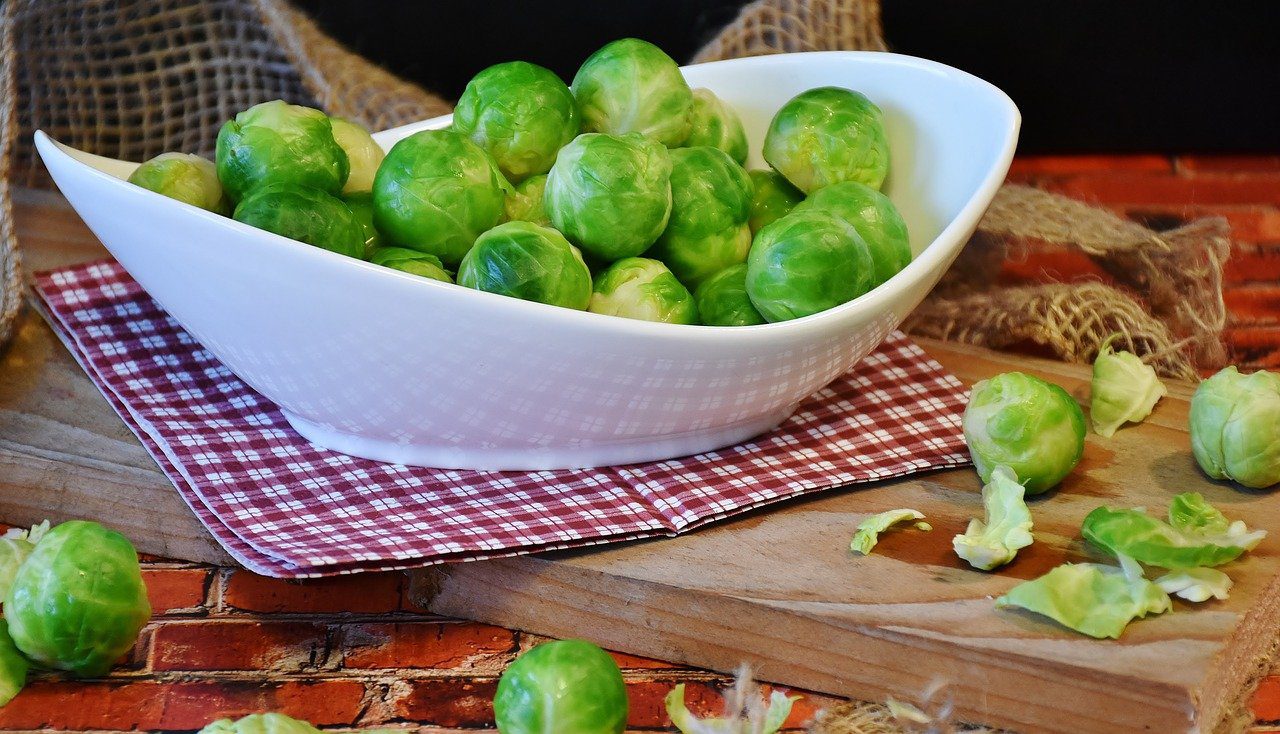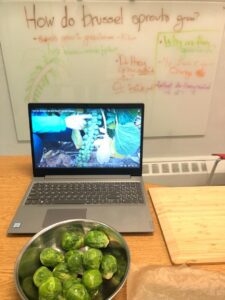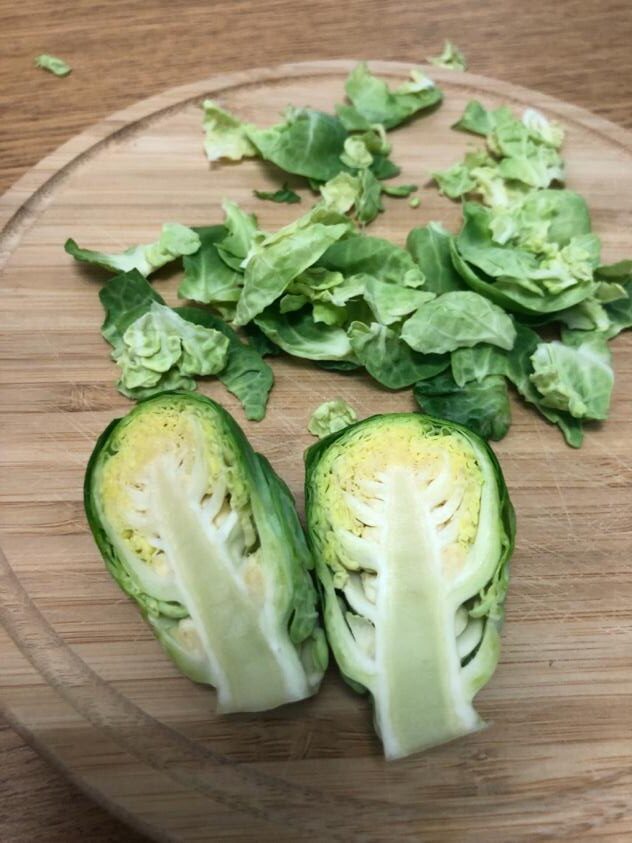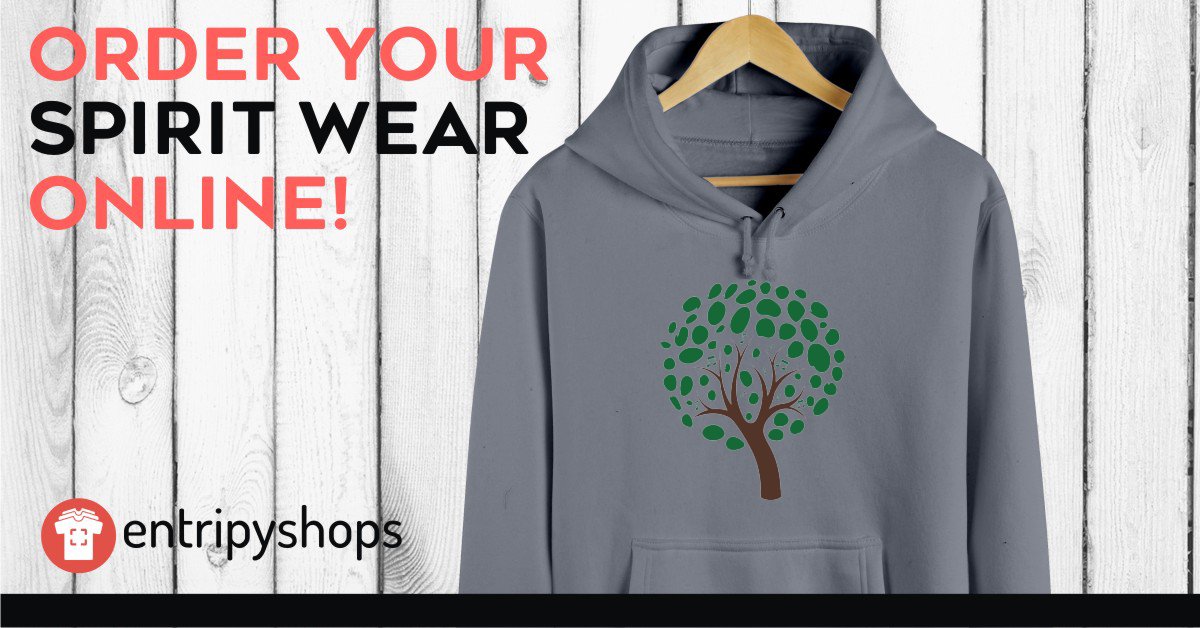Interested in our Urban Farming & Cooking Classes? Take a peek inside our Brussel Sprouts exploration!

A typical class:
We start every cooking and urban farming class with asking exploratory questions about our main vegetable of the day. For brussel sprouts, we were curious about if they grow from the inside-out, or the outside-in. We also tried to think of other vegetables that seem similar, and our students were right to think they were similar to cabbages as they are both members of the brassica family!
Once we finish prepping our veggies and completing our recipe in class, we love to do a colouring page on our vegetable while we watch a short video on how it grows. We learn a lot of cool facts in class, but we always love seeing the growing process in action. Here’s the video we watched for brussel sprouts: How do brussel sprouts grow?

The first step in any recipe:
Wash your hands! Cooking together is a great way to reinforce good hygiene habits. As well, so we don’t get any olive oil on our face or in our hair, we also find it helpful to tie all long hair into a bun or pony tail before we start cooking.
The Recipe – Roasted Brussel Sprouts
Heat oven or toaster oven to 425°F
Ingredients:
- Brussel sprouts – each will be halved so whatever portion size you prefer
- Olive oil
- Salt and pepper
- Optional: Lemon slice, balsamic vinegar, parmesan
Steps:
- Pull the exterior leaves from the brussel sprout – have your child take ownership of this step.
- Pass to teacher/parent – halve the brussel sprouts along the centre of the core to keep it intact, then cut the bottom stem but not too close to the leaves.
- Place halves in a mixing bowl and have your child drizzle olive oil over until evenly coated, then have them shake-in the salt and pepper.
- Toss! Have them shake the bowl back and forth, or mix with a large spoon until everything is covered.
- Place each halved brussel sprout on the baking pan and have the teacher/parent place this in the oven to roast for 15-25 minutes, checking on them and turning over halfway. The size you’ve selected will influence cooking time, so keep an eye on them in the final 10 minutes to ensure they are caramelized (roasted edges) but not burning (completely blackened leaves).
- Remove from oven and let cool for a few minutes.
- Optional: Add a lemon slice, shredded parmesan or a small dish of balsamic vinegar on the side for your child to explore these tastes of on a few…and serve!
Tip: When shopping for brussel sprouts you want to pick ones that are bright green, firm when gently squeezed, and with leaves intact. Try to pick those similar in size so they roast evenly and need similar cooking times.

Questions & Prompts:
- How would they describe the flavour – we try to engage in the five core flavour profiles: salty, sweet, sour, umami and bitter
- Where are these tastes on their tongue? Do they change as time goes on?
- What vegetable tastes similar? Or are these completely new tastes?
- What’s the difference between the taste of the leaves vs the stalk?
- What is the texture like? Is it crispy, mushy, crunchy, hard, soft, moist, dry?
Fun Facts and Health Benefits:
Fun Facts:
- They prefer to grow in the cold! A frost will actually make them sweeter!
- They grow on a 1-metre-tall stemmed parent plant and more grow as room is made. If the bottom leaves are removed, then more will develop and their leaves will attach as this parent plant grows larger.
- They can vary in colour from dark green to bluish green to purplish-red.
Health Benefits:
- They have more vitamin c than an orange.
- They have kaempferol and omega-3 fatty acids – both of which are a heart-healthy choice and prevent inflammation.
- They are high in fiber.
- They are high in beta carotene which your body turns into vitamin A as well as folate (a b vitamin).
Get updates on new classes, hosted events, and more.










